VoD's new frontier
By Jonathan Webdale
20-07-2017
The world has become a different place in the two years since C21’s last report on the new breed of digital buyers reshaping television.
Back in the summer of 2015 Netflix was in 50 countries, Amazon Video was in just four. Around the world, established broadcasters were honing their strategies in anticipation of the global roll-out of these emerging big beasts of SVoD.
As the US’s nearest neighbour, Canada was at the sharp end and local players Bell Media, Shaw Media and Rogers Media responded with their own rival services, Bell with CraveTV and the latter duo with Shomi. Today, Shomi is no more.
It was a similar story in Australia, where Nine Entertainment and Fairfax Media allied on Stan while Foxtel partnered Seven West Media to launch Presto TV – a service that has since been canned.
Meanwhile, an array of new digital players had yet to arrive: Verizon’s youth-skewing ‘mobile-first’ AVoD proposition Go90, which last year reportedly spent US$200m on content; Seeso, a US comedy-focused ‘skinny bundle’ SVoD offering from Comcast’s NBCUniversal, which is itself now slimming down; and Mexico’s Blim, a Televisa-backed challenger to both Netflix and ClaroVideo, a venture from the country’s richest man.
There are plenty more.
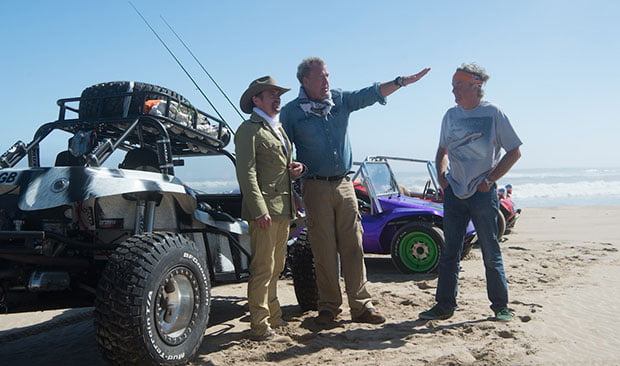
Amazon’s The Grand Tour featuring the Top Gear crew
Today, Netflix and Amazon remain the undisputed leaders of VoD, raising budgets ever higher and putting a price on premium content in many instances beyond the reach of traditional industry constituents. Netflix spent US$3bn on programming in 2015 and Amazon an estimated US$2bn. The figures for 2017 are pegged at US$6bn and US$4.5bn respectively.
Each is now present in some 200 territories and the pair’s investment in originals has ignited an ‘arms race’ of sorts wherever it is initiated – for example, in Netflix UK’s lavish royal drama The Crown faced Amazon’s high-octane Top Gear successor The Grand Tour. In Germany, they have kick-started a market for serialised drama that was non-existent just a few years ago and precipitated the closure of Vivendi’s SVoD service Watchever.
At the same time unease among producers over accepting sizeable pay cheques in exchange for worldwide rights has become a theme, meaning the big beasts of SVoD are, to some extent, having to recalibrate their deals.
Meanwhile, US premium cable networks HBO and Starz have been inspired to advance their own OTT strategies – the former’s Nordic offering moving into originals and expanding through Asia, Latin America and Spain, while the latter’s Starz Play Arabia service is set to branch out beyond the Middle East and North Africa.
Back home, Hulu has become a more powerful force, certainly as far as the global production community is concerned, emerging as a major force in originals and – at least for the time being – seemingly enjoying a period of stability following several wobbles from its Hollywood studio backers during its decade in existence. Its content spend is now said to be on a par with Amazon, while Sony’s Crackle, also 10 years old, has moved into big-budget longform scripted, having sold its flagship home-grown comedy to Netflix.
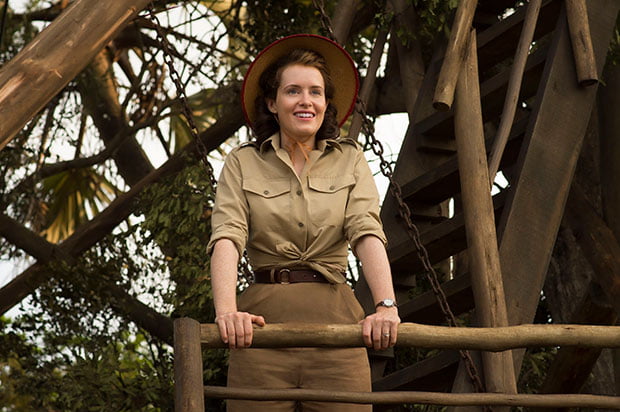
Netflix UK’s royal drama The Crown
While resisting calls to release viewing figures for some of the most expensive programmes ever made, there are signs that Netflix at least – six years into its originals strategy – is bringing the lessons of its ‘data-driven’ commissioning approach to bear and is perhaps rather more willing to bring down the axe on shows considered to be underperforming.
Still, new pretenders proliferate. Some are dedicated to protecting their own turf and some global tech players, like Spotify and Vimeo, are dipping their toes in and out of the water while giants like Apple and Facebook appear intent on bigger things.
The former’s recent swoop on Sony Pictures Television co-presidents Zack Van Amburg and Jamie Erlicht and the social network’s developing originals slate mean the worldwide map of digital players reshaping TV needs redrawing once again.
C21’s Digital Buyers Report 2017 tracks these shifts and offers a comprehensive global perspective on where the opportunities lie for producers and distributors, profiling key players over 21 chapters that will publish here in the coming weeks. First up, Netflix.















.jpg)





